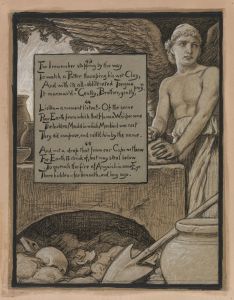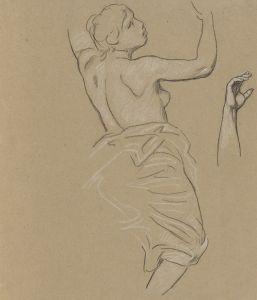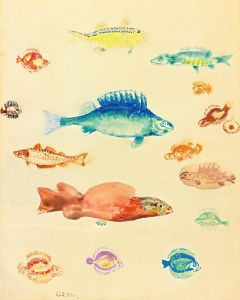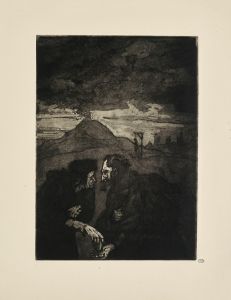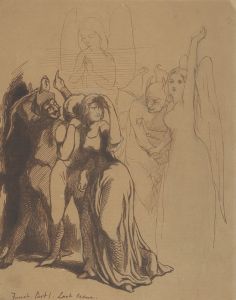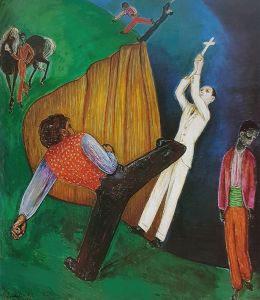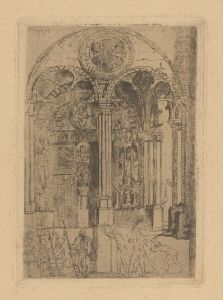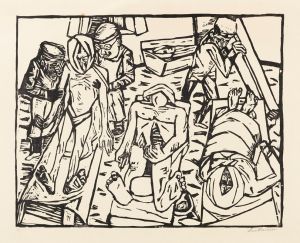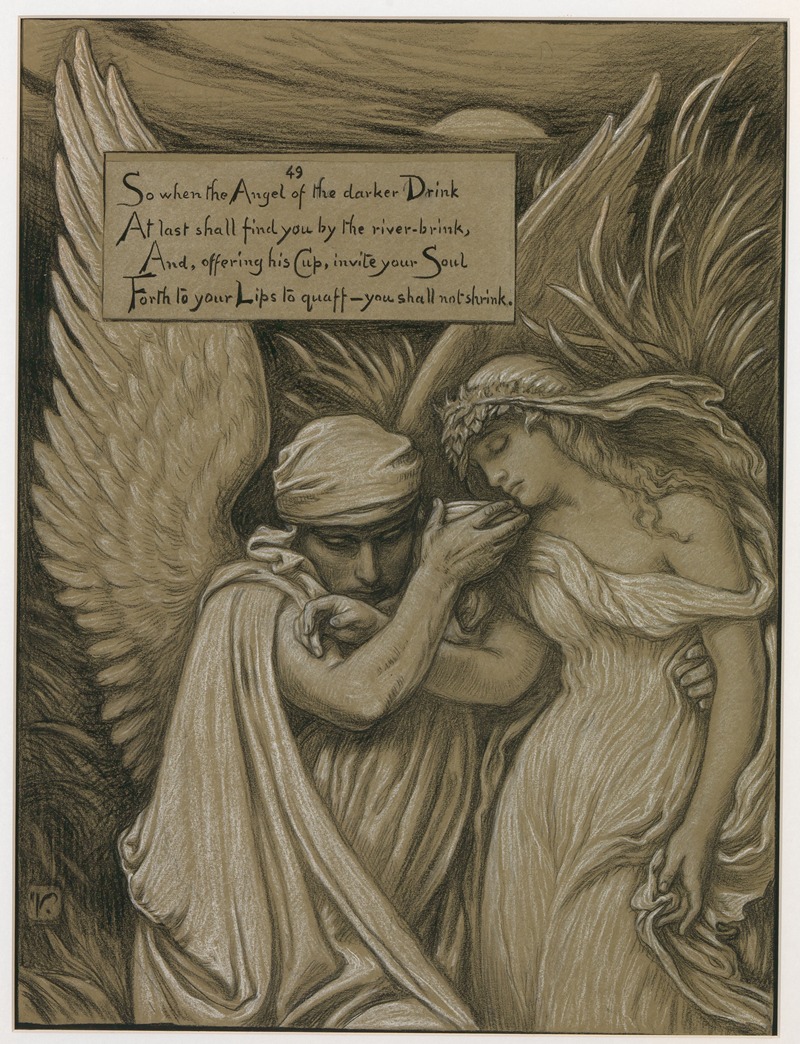
The Cup of Death
A hand-painted replica of Elihu Vedder’s masterpiece The Cup of Death, meticulously crafted by professional artists to capture the true essence of the original. Each piece is created with museum-quality canvas and rare mineral pigments, carefully painted by experienced artists with delicate brushstrokes and rich, layered colors to perfectly recreate the texture of the original artwork. Unlike machine-printed reproductions, this hand-painted version brings the painting to life, infused with the artist’s emotions and skill in every stroke. Whether for personal collection or home decoration, it instantly elevates the artistic atmosphere of any space.
Elihu Vedder's The Cup of Death is a notable painting created by the American artist Elihu Vedder in 1885. Vedder, a prominent figure in the Symbolist movement, was known for his mystical and allegorical works that often explored themes of mortality, fate, and the human condition. The Cup of Death is one of his significant contributions to this genre, encapsulating his fascination with existential questions and the inevitability of death.
The painting depicts a somber and haunting scene centered around a skeletal figure, representing Death, holding a large cup. The cup is symbolic, often interpreted as a vessel of mortality or the inevitability of life's end. Surrounding the figure are human forms in various states of despair and resignation, emphasizing the universal and inescapable nature of death. The muted color palette and dramatic contrasts in light and shadow further enhance the painting's melancholic and introspective tone.
Vedder's work was heavily influenced by his time in Italy, where he spent much of his career. The classical and Renaissance art he encountered there informed his style, which combined traditional techniques with Symbolist themes. The Cup of Death reflects this synthesis, showcasing meticulous attention to detail and a deep engagement with philosophical and spiritual ideas.
The painting was created during a period when Vedder was exploring themes of destiny and the human struggle with mortality, which also appear in his illustrations for Edward FitzGerald's translation of The Rubáiyát of Omar Khayyám. These works solidified Vedder's reputation as a master of Symbolist art and a profound thinker.
Today, The Cup of Death is recognized as an important example of 19th-century Symbolism. It is housed in the collection of the Museum of Fine Arts, Boston, where it continues to be appreciated for its artistic and thematic depth. The painting remains a compelling exploration of humanity's relationship with death, resonating with viewers through its timeless and universal message.





